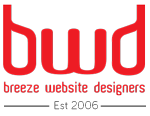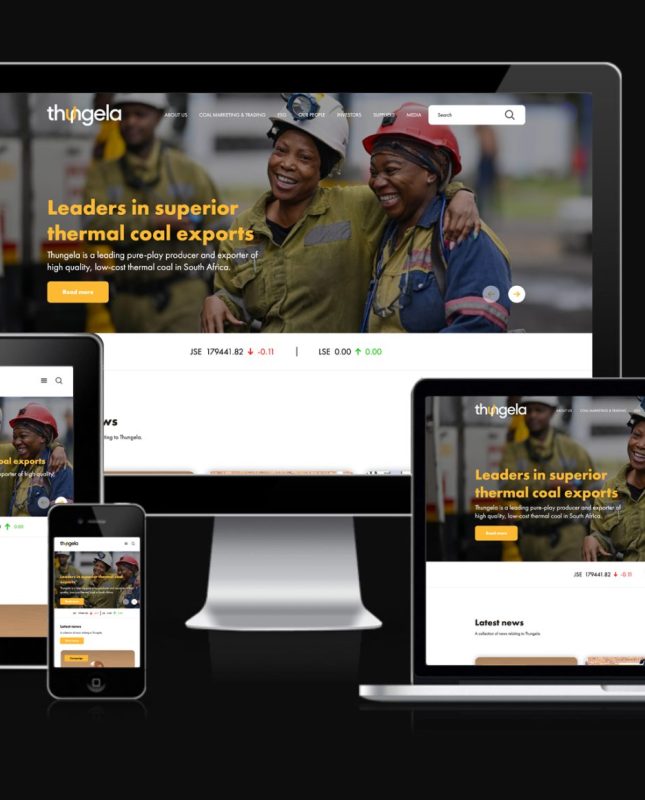Top Tips for Creating Successful Video Animations
Creating a video animation can be an exciting process, a chance to showcase your skills and bring your vision to life. It's tempting to rush into production, eager to see your work materialize. However, a little planning goes a long way, saving you time, money,...









